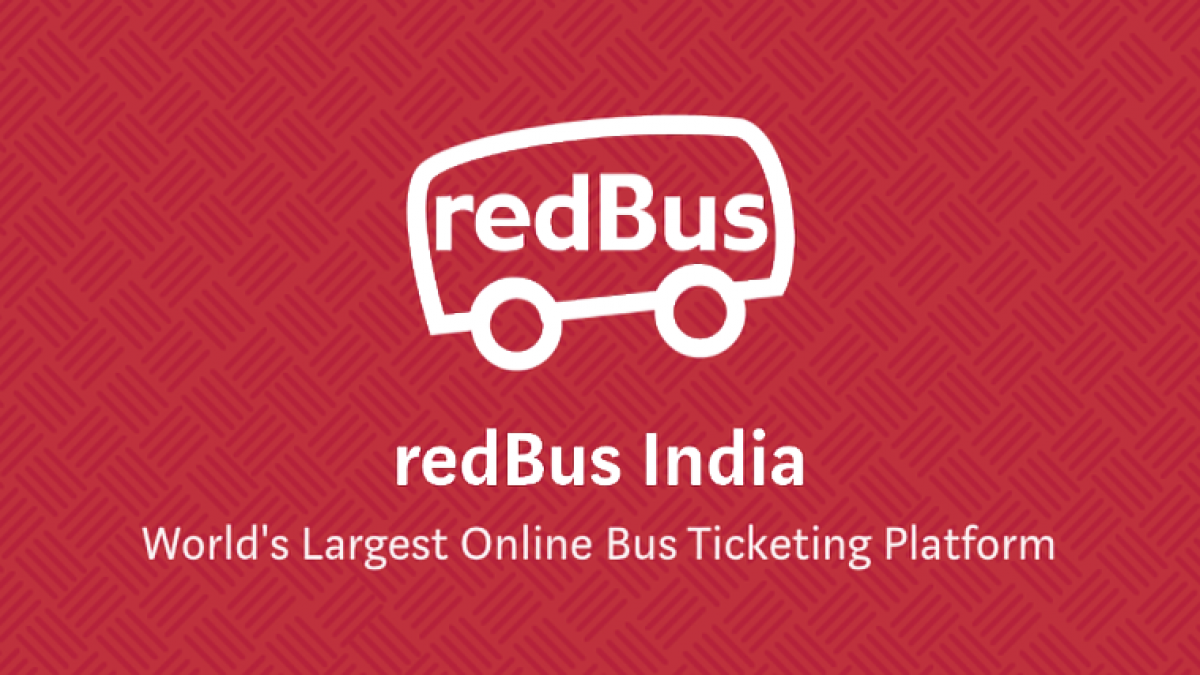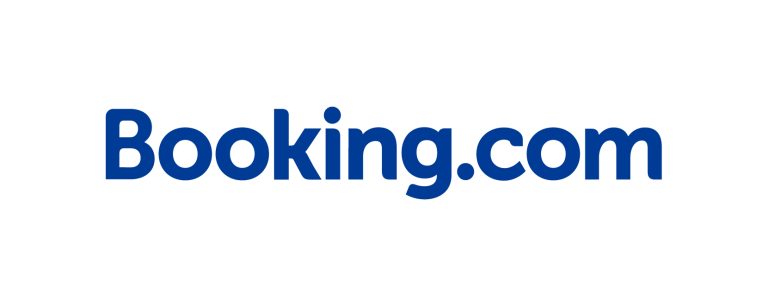Comprehensive Business Overview of RedBus
RedBus was founded by Phanindra Sama, Charan Padmaraju, and Sudhakar Pasupunuri in 2006 and is headquartered in Bengaluru, India. Offering a seamless travel experience RedBus revolutionalised bus travel industry. This eased the process of searching, comparing, and booking bus tickets across operators. RedBus now operates in Singapore, Malaysia, and Indonesia, thus marking its presence in the global bus industry. RedBus has successfully integrated technology and customer-centric solutions, integrating innovation in the travel industry.
If you are looking for RedBus deals and coupons you can Check here – https://www.99cashdeals.com/stores/redbus-coupons
User Base Growth of RedBus (2020-2024)
In 2020, a strong user base of 125 million was reported, irrespective of challenges faced during the pandemic. This was possible due to the introduction of Safety protocols and flexible refund policies. In 2021 RedBus rebounded with 20% growth in user base as travelers returned to bus transport. In 2022, the user base grew to 38 million reflecting 26.7% growth. In 2023 growth reached 45 million users resulting in 18.4% growth. In 2024, steady growth was maintained with 15.6% growth resulting user base reaching 52 million.
| Year | Estimated User Base (Millions) | Year-over-Year Growth (%) | Elaboration |
| 2020 | 25 | – | RedBus experienced stable growth despite the COVID-19 pandemic. The implementation of Safety+ protocols boosted user confidence in bus travel. |
| 2021 | 30 | 20% | Growth was driven by increasing adoption of digital payment systems, corporate travel solutions, and recovery from the pandemic’s impact. |
| 2022 | 38 | 26.7% | Introduction of holiday packages, real-time tracking features, and expansion into tier-2 and tier-3 cities attracted new users. |
| 2023 | 45 | 18.4% | Global expansion into Africa and South America, along with AI-driven personalized recommendations, enhanced user acquisition. |
| 2024 | 52 | 15.6% | The launch of multi-modal transport options and loyalty rewards programs encouraged retention and attracted new users globally. |
Key Operational Highlights of RedBus (2020-2024)
In 2020, despite the challenges of the COVID-19 pandemic safety and flexibility were prioritised. In 2021, adoption was boosted by corporate solutions and digital payment integrations. This influenced business travellers and younger users familiar with online payments. In 2022, holiday packages and real-time bus tracking were launched. In 2023, AI optimisation increased sustainability initiatives was achieved. In 2024, RedBus offered Multi-modal transport options and loyalty programs for an effortless travel experience.
| Year | Key Operational Highlights | Elaboration |
| 2020 | Launch of Safety+ ProtocolsIntroduced Safety+ measures during the COVID-19 pandemic, including mandatory masks, temperature checks, and sanitization. | These initiatives aimed to restore customer confidence in bus travel during a challenging period. |
| Expansion into Tier-2 and Tier-3 Cities | Focused on penetrating smaller cities and rural areas to capture untapped markets and provide connectivity to underserved regions. | |
| Enhanced Refund and Rescheduling Policies | Adapted to the pandemic’s uncertainties by offering flexible ticket refund and rescheduling options, ensuring customer satisfaction. | |
| 2021 | Introduction of RedBus for Business | Launched a corporate travel solution, allowing businesses to manage employee travel efficiently with centralized booking and expense tracking. |
| Integration with Digital Payment Platforms | Collaborated with UPI and wallet services like Paytm and Google Pay to simplify transactions and attract more tech-savvy customers. | |
| Increased Partnerships with Local Operators | Expanded collaborations with smaller bus operators to offer more routes and better regional coverage. | |
| 2022 | Launch of Holiday Packages | Introduced curated travel packages that bundled bus tickets with hotel stays and local sightseeing, enhancing travel convenience for customers. |
| Real-Time Bus Tracking Features | Integrated GPS tracking in its platform, enabling users to view live bus locations and estimated arrival times. | |
| Focus on Multilingual Support | Added regional language options in its app and website to cater to a diverse customer base across India and Southeast Asia. | |
| 2023 | AI-Driven Personalized Recommendations | Leveraged AI to suggest routes, operators, and services based on user preferences and past bookings, improving user engagement. |
| Sustainability Initiatives | Began promoting eco-friendly travel options, including partnerships with electric and hybrid bus operators. | |
| Global Market Expansion | Expanded operations into emerging markets like Africa and South America to increase its global footprint. | |
| 2024 | Launch of Multi-Modal | Transport OptionsEnabled customers to book train and ferry tickets alongside bus services, offering a comprehensive travel experience. |
| Introduction of Loyalty Rewards Program | Rolled out a points-based system for frequent users to encourage repeat bookings and enhance customer loyalty. | |
| Strengthened International Presence | Increased marketing and partnerships in international markets, driving awareness and adoption of its services globally. |
RedBus Financial Statistics (2020-2024)
In 2020, revenue generated was $ 60 million in revenue having a net profit of $5 million irrespective of the COVID-19 pandemic. In 2021 $85 million in revenue was generated with a 47% increase. In 2022, growth continued to reach $110 million with a net profit of $18 million which was a direct result of higher adoption rates and service diversification. In 2023, the Company recovered revenue of $140 million as a result of international expansion and AI-powered personalization. In 2024, revenue increased to $170 million, with 21.4% year-over-year growth.
| Year | Revenue (USD Million) | Net Profit (USD Million) | Year-over-Year Growth (%) | Key Highlights |
| 2020 | 60 | 5 | – | COVID-19 pandemic significantly impacted revenue due to travel restrictions but was offset by Safety+ features. |
| 2021 | 85 | 12 | 41.7% | Recovery in travel demand, introduction of digital payment systems, and cost optimization efforts. |
| 2022 | 110 | 18 | 29.4% | Growth was driven by expansion into tier-2 and tier-3 cities, and the launch of new services like holiday packages. |
| 2023 | 140 | 25 | 27.3% | Global expansion into Africa and South America, along with AI-driven personalization and marketing campaigns. |
| 2024 | 170 | 32 | 21.4% | Multi-modal transport services and loyalty programs drove revenue growth and improved profit margins. |
RedBus Product Range Expansion (2020-2024)
| Year | Key Product Launches | Description |
| 2020 | Safety+ Feature | Introduced safety measures for travelers, including sanitized buses, mandatory masks, and thermal screening. |
| Flexible Cancellation Policies | Enabled customers to cancel or reschedule bookings without significant penalties due to pandemic uncertainties. | |
| 2021 | Digital Payment Integration | Enhanced payment options by adding UPI, e-wallets, and contactless payment methods. |
| BusHire Service Expansion | Expanded the BusHire service to include corporate bookings and outstation trips for groups. | |
| 2022 | Holiday Packages | Launched curated holiday packages combining bus travel, accommodation, and sightseeing. |
| RedBus Prime | Introduced premium services with benefits like priority boarding and access to exclusive buses. | |
| 2023 | International Bus Booking | Launched international booking services in South America and Africa. |
| AI-Driven Personalization | Integrated AI to provide personalized bus recommendations and offers based on user behaviour. | |
| 2024 | Multi-Modal Transport | ServicesAdded train and car rental options alongside bus bookings for seamless travel planning. |
| Loyalty Rewards Program | Launched a rewards program offering points for bookings, redeemable for discounts or upgrades. |
Elaboration
2020: RedBus adapted to the COVID-19 pandemic by launching the Safety+ feature to prioritize health and safety. Flexible cancellation policies were also introduced to alleviate travel concerns.
2021: The platform expanded its payment ecosystem, integrating modern digital payment methods like UPI and e-wallets. BusHire services grew to include corporate bookings and group travel, tapping into a new customer segment.
2022: Holiday packages combining travel and accommodation attracted leisure travelers, while RedBus Prime provided premium services to frequent travelers looking for enhanced comfort and convenience.
2023: The company entered international markets, offering bus booking services in South America and Africa. AI-driven personalization improved user experiences by tailoring recommendations and promotions.
2024: RedBus expanded into multi-modal transport, allowing customers to book trains and car rentals alongside buses. The loyalty rewards program incentivized repeat bookings, strengthening customer retention and loyalty.
RedBus Social Media Followers (2020-2024)
| Year | Platform | Followers (Millions) | Key Growth Factors |
| 2020 | 1.8 | Increased engagement through pandemic travel updates and safety measures like Safety+ campaigns. | |
| 0.7 | Focused on visual storytelling, travel tips, and destination highlights. | ||
| 0.5 | Regular updates on travel regulations and customer support responsiveness drove follower growth. | ||
| 2021 | 2.1 | Engaging content like travel contests and partnerships with travel influencers. | |
| 1.0 | Collaborations with content creators and live Q&A sessions boosted engagement. | ||
| 0.6 | Proactive communication about travel safety protocols and deals contributed to steady follower growth. | ||
| 2022 | 2.5 | Strong campaigns promoting regional travel and loyalty programs like RedBus Prime. | |
| 1.4 | Interactive posts, reels showcasing travel experiences, and customer testimonials attracted followers. | ||
| 0.8 | Consistent customer support and timely updates on bus availability drove engagement. | ||
| 2023 | 3.0 | Expansion into emerging markets and targeted ads increased visibility and follower count. | |
| 1.8 | Emphasis on video content and partnerships with influencers focused on bus travel experiences. | ||
| 1.0 | Introduction of gamified campaigns and travel trivia boosted engagement. | ||
| 2024 | 3.5 | Focused on premium content, live streams, and interactive features to maintain engagement. | |
| 2.3 | Targeted promotions for RedBus loyalty programs and collaboration with top travel influencers. | ||
| 1.2 | Quick response to customer queries and regional promotions enhanced follower trust and interaction. |
Elaboration
2020: The pandemic year witnessed significant follower growth due to safety-related updates and engaging content that addressed customer concerns. Safety campaigns like “Travel Safe with RedBus” were instrumental.
2021: As travel demand began to recover, RedBus leveraged influencers and content creators to showcase safe and enjoyable travel experiences, which helped drive follower engagement across platforms.
2022: The focus on regional travel, exclusive deals, and enhanced customer experience through loyalty programs like RedBus Prime contributed to robust social media growth.
2023: Innovative campaigns such as travel trivia and gamified content helped RedBus expand its follower base, especially on platforms like Instagram and Twitter, which cater to younger demographics.
2024: With an emphasis on premium and personalised content, RedBus continued to grow its social media presence by fostering community engagement and leveraging collaborations with top influencers and regional travel experts.







